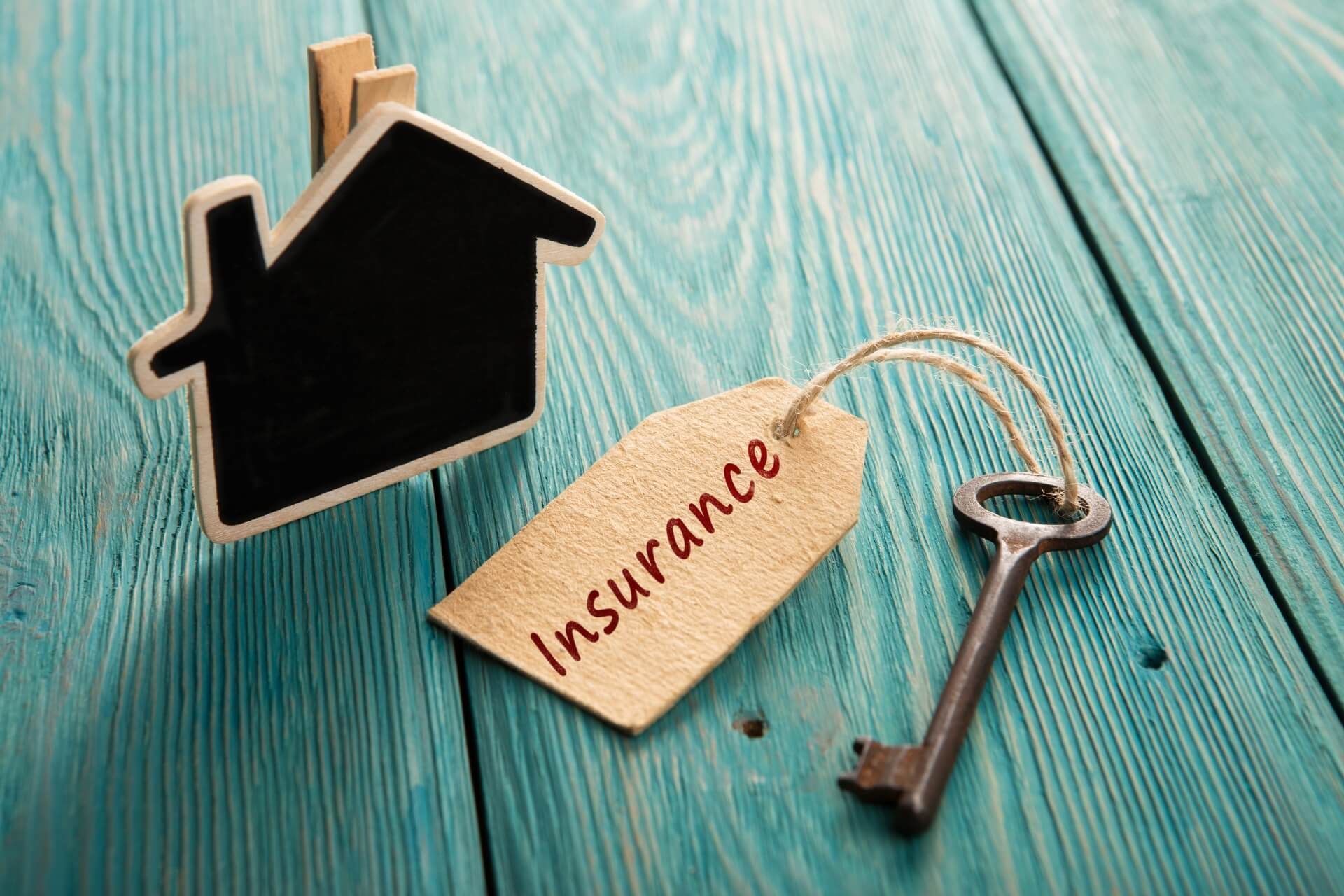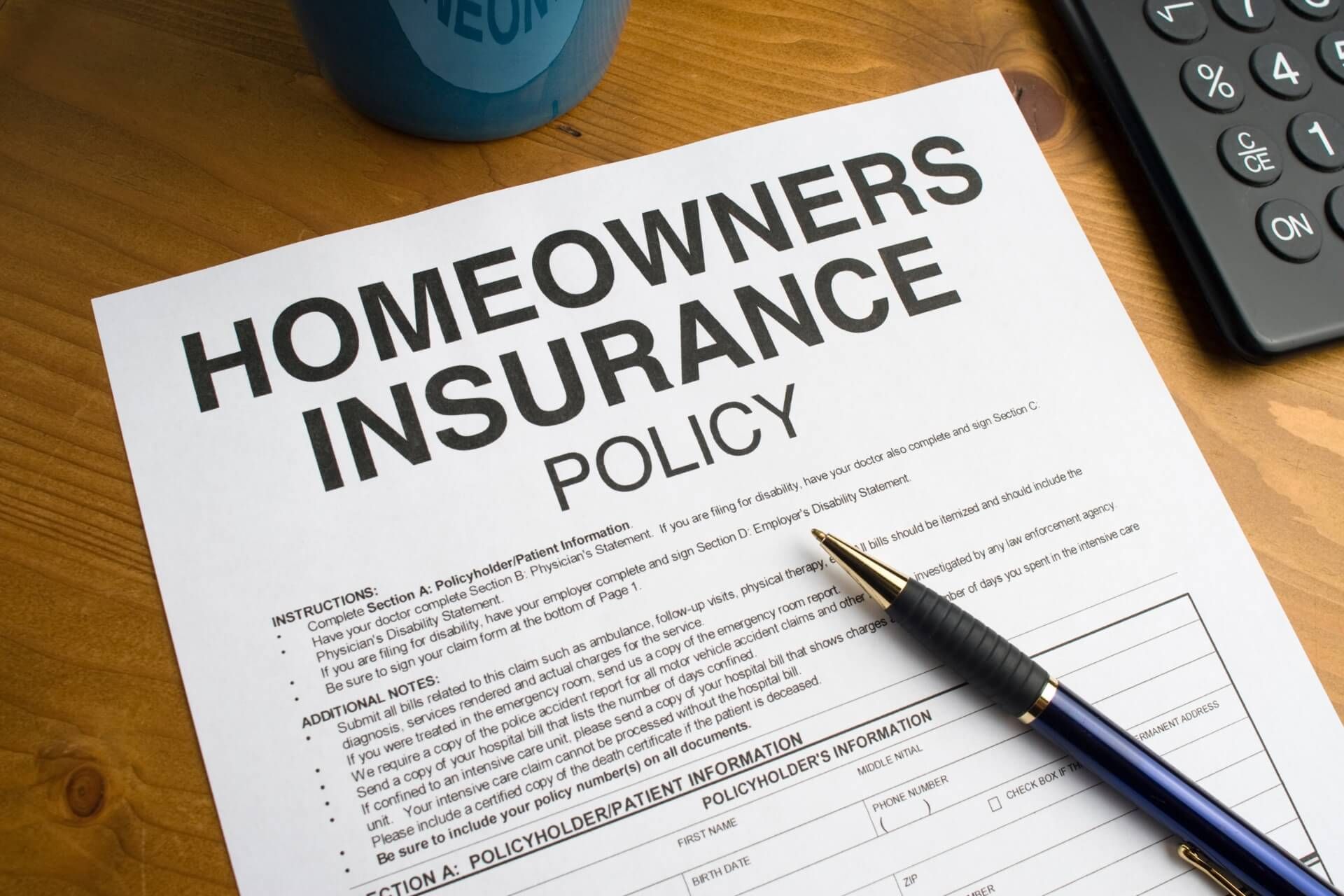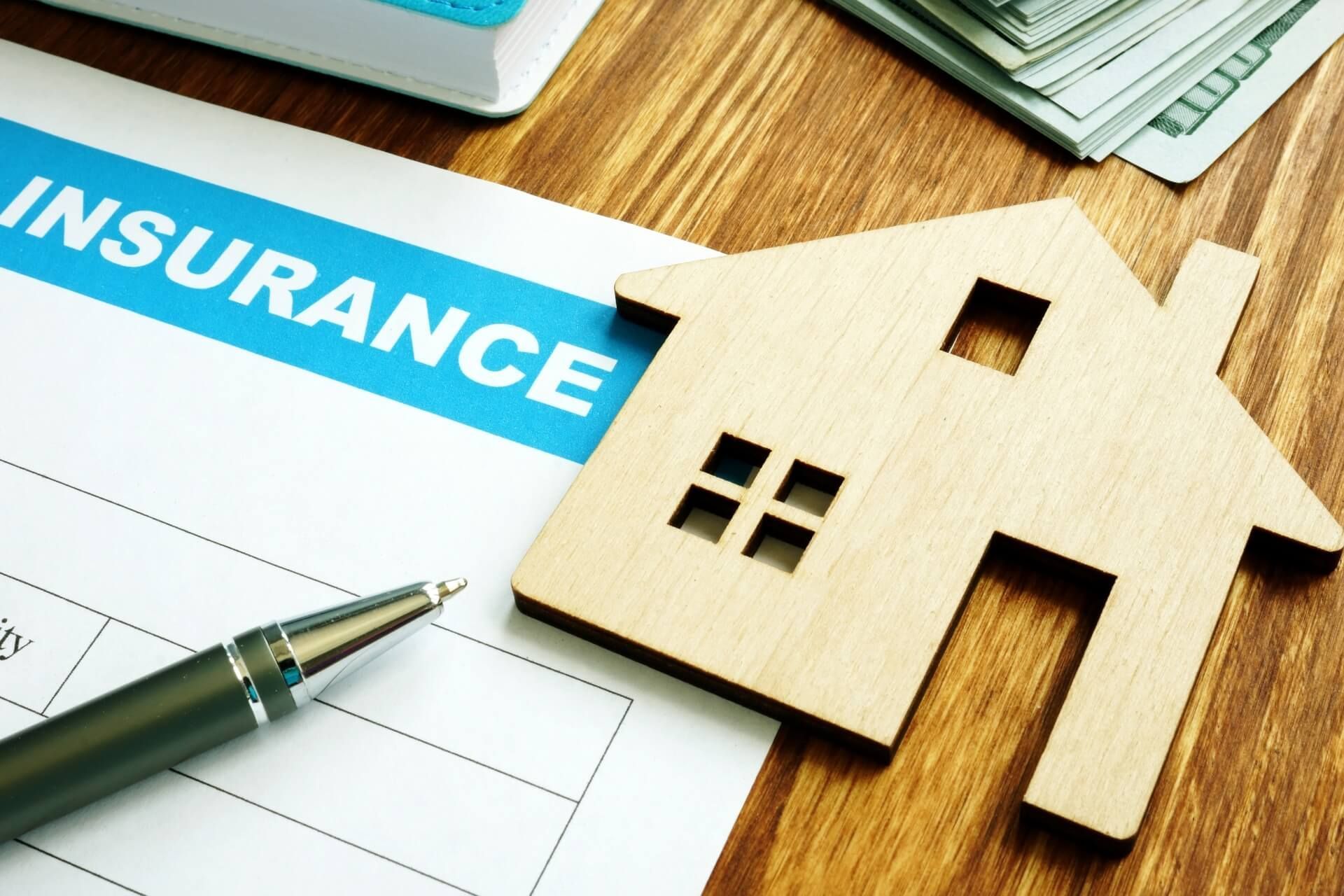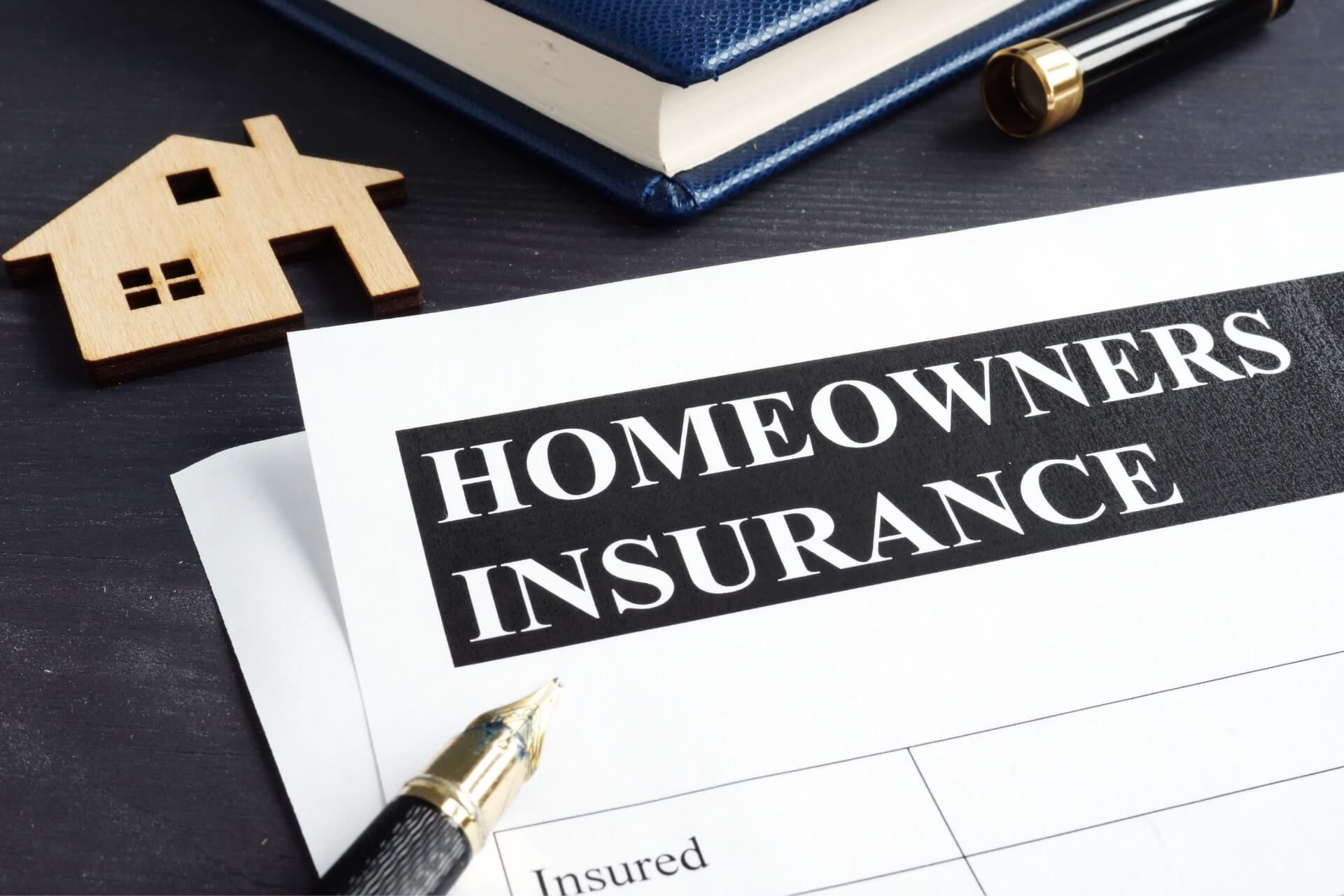When homeowners decide to move out of their home and rent it out to tenants, they need to make several changes to their homeowners insurance policy. Homeowners insurance policies are designed to cover owner-occupied properties and may not provide adequate coverage for rental properties. In this blog, we'll discuss what owners need to do with their homeowner’s insurance when their home becomes a rental property.
Firstly, homeowners need to contact their insurance company and inform them that their home is now a rental property. The insurance company may require additional information, such as the name and contact information of the tenant, the rental agreement, and the lease term. The insurance company may also require a change in the policy type to a landlord or rental property insurance policy.
Secondly, homeowners need to ensure that their rental property insurance policy includes coverage for the structure of the property. The insurance policy should specify the coverage limit, which is the maximum amount that the insurance company will pay for property damage or loss. Homeowners should ensure that the coverage limit is sufficient to cover the replacement cost of the property in case of a covered loss.
Thirdly, homeowners need to ensure that their rental property insurance policy includes liability coverage. Liability coverage can protect homeowners if a tenant or guest is injured, or their property is damaged while on the rented property. The liability coverage can cover the costs of legal fees, medical bills, and property damage expenses. Homeowners should ensure that their policy includes liability coverage, and that the coverage limit is sufficient to cover potential liabilities.
Fourthly, homeowners need to consider adding additional coverage, such as loss of rent coverage. Loss of rent coverage can provide financial compensation if the rental property becomes uninhabitable due to fire, flood, or other disasters. The coverage can cover the lost rental income for the period that the rental property is uninhabitable.
Fifthly, homeowners need to ensure that their rental property insurance policy covers any personal property that they leave in the rental property. Personal property includes items such as furniture, appliances, and other personal belongings. The insurance policy should specify the coverage limit for personal property, which is the maximum amount that the insurance company will pay for personal property damage or loss.
Lastly, homeowners should compare quotes from different insurance companies to find the best coverage at the most affordable price. When comparing quotes, homeowners should ensure that they are comparing policies with similar coverage limits and deductibles. Homeowners should also consider any discounts that may be available, such as discounts for bundling rental property insurance with other insurance policies.
In conclusion, when homeowners move out of their home and rent it out to tenants, they need to make several changes to their homeowners insurance policy. Homeowners need to contact their insurance company and inform them that their home is now a rental property, ensure that their rental property insurance policy includes coverage for the structure of the property, liability coverage, and any additional coverage they may need. Homeowners should also ensure that their rental property insurance policy covers any personal property they leave in the rental property. By purchasing rental property insurance, homeowners can have peace of mind knowing that their rental property is adequately protected.











